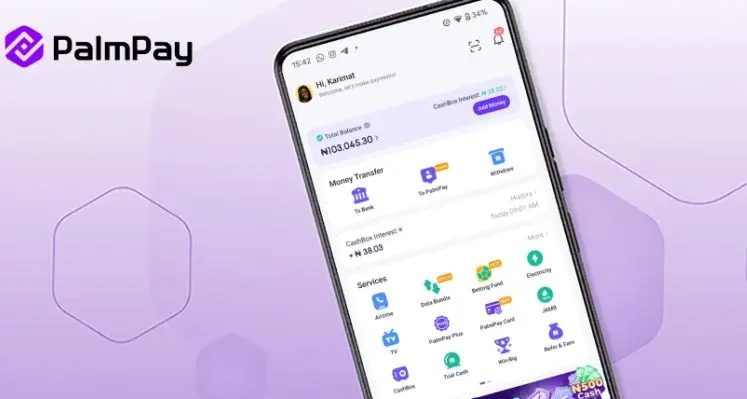Change is afoot in the South African contact centre industry, as savvy companies realise that their customers are communicating with them in new and different ways
To stay ahead of the pack, companies need to change their game plans – especially in tougher economic times. This is what we’ll see impacting on the contact centre industry in 2012:
The Cloud - No trends list would be complete without a mention of the cloud, and the opportunities presented by cloud computing are certainly going to be a major factor in 2012. In South Africa we will see an increasing focus on hybrid cloud services, both out of necessity and thanks to the specific benefits a hybrid service offers to the contact centre market.
Although bandwidth has increased to Africa and will continue to increase tremendously in 2012 it is still not getting cheaper, especially when it comes to intra-country bandwidth. Sooner or later prices will drop, but this is going to take time. In the meantime, however, true cloud services are only really suitable for certain types of services, email and web hosting being two examples.
But when it comes to mission-critical traffic such as voice, which requires a certain quality of service to operate, hybrid solutions have emerged. Voice traffic is kept local, reducing the bandwidth requirement and maintaining quality, but the contact centre logic and routing happens in the cloud.
Social media and the multi-channel contact centre - Call centres are now outmoded, having been replaced by contact centres. This is because voice calls are only one of the ways customers get in touch with companies. Clever companies are going to move certain categories of queries onto lower maintenance channels, to free up the more expensive voice channel for those queries that need a call to sort out.
And, with more and more people turning to social media channels such as Facebook and Twitter – especially when they have a complaint, companies need to find out what people are saying about their business and respond appropriately. All these additional channels need to be treated just like any other, and used to create a single, holistic view of the customer.
This is not only reactive communication though; increasingly companies are actively providing customers with new ways of communicating with them: one example is FNB’s banking application that includes free VoIP calls to the contact centre.
Real-time call monitoring - The monitoring of these voice calls is going to get increasingly sophisticated as well, with real-time speech analytics flagging issues and opportunities while the call is in progress. So unlike traditional monitoring software, which only allows post-call feedback and correction, managers can step in immediately and save a negative customer experience or close a deal.
Remote working - Thanks to advanced IP communications technology, having a team of remote agents is going to be easier than ever before. The days of getting into the office and logging onto a corporate network are over, and workers can access the same contact centre functionality wherever they are based. Furthermore, the real-time speech analytics software flags critical issues for the manager, even if they are based in a different city. This not only gives companies huge savings when it comes to premises and equipment, it provides them with access to a flexible staff base they wouldn’t have been able to tap into previously.
So between the impact of cloud computing, the rise of social networking, real-time speech analytics and remote working, the traditional way of structuring a call centre is no longer going to be good enough when it comes to serving customers well. Nor will it allow companies to harness the benefits of new technology, both when it comes to increasing efficiency and reaching out to customers on the communication platforms of their choice. Well-implemented, multi-channel contact centres are going to come to the fore as a key competitive differentiator for companies in 2012.
By Fokion Natsis, Interactive Intelligence’s South African country manager






















